SinoViop – FPGA expansion board with Xilinx Artix-7 100T
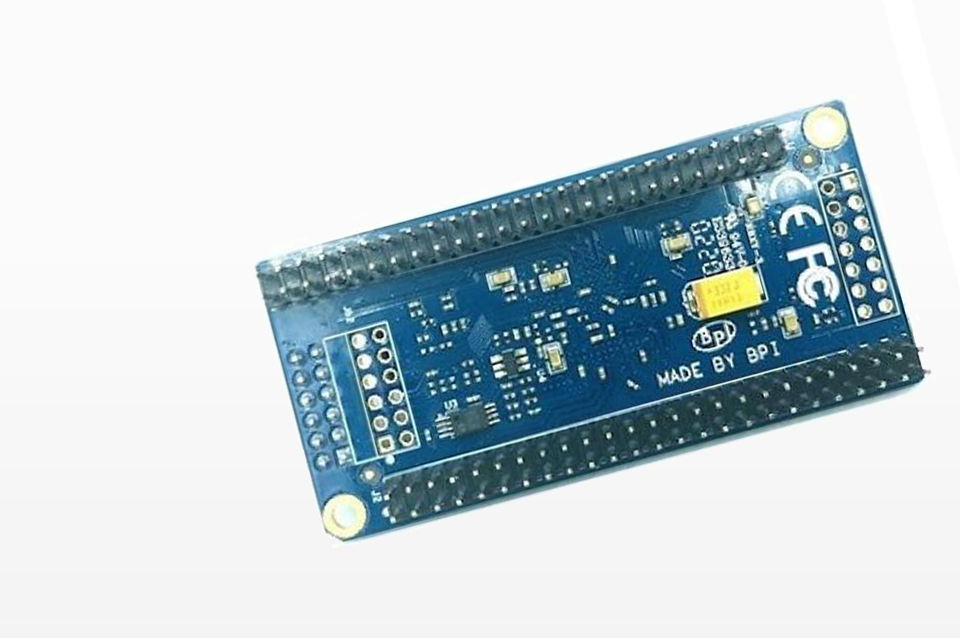 7. March 2023
SinoVoip
7. March 2023
SinoVoip
Banana Pi – RGB LED Matrix Module
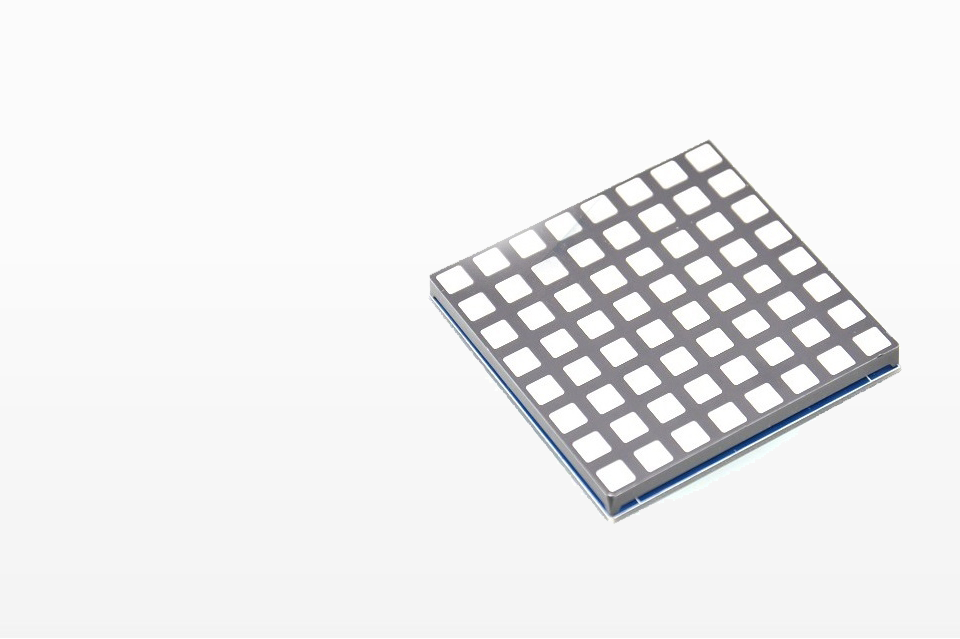 6. February 2023
SinoVoip
6. February 2023
SinoVoip
SinoVoips RGB Matrix LED module is specifically designed for the Banana Pi. The module has 8×8 matrix LEDs. Users can customize the display content through programming. Please note, the module does not include a driver board. You have to use it with an infinity cascade IO expansion module. Features: Ultra thin, Plug and play, No wires needed. Typical Applications: Scroll display, LOGO display…
Read MoreBrilliant BERRY
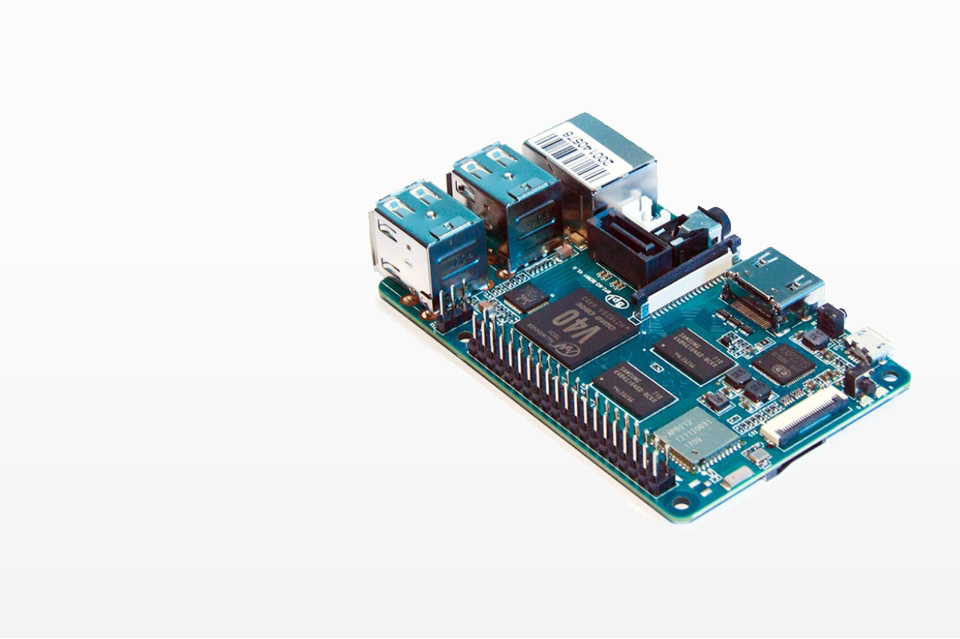 16. January 2023
SinoVoip
16. January 2023
SinoVoip
The Banana Pi BPI-M2 Berry is a quad-core mini single board computer from SinoVoip equipped with an Allwinner V40 SoC and 1GB of RAM. It also has integrated Wi-Fi and Bluetooth modules. The Pi has several ports: 4x USB A 2.0 ports, 1x USB OTG port, 1x HDMI port, 1x audio out, 1x DC power connector and 1x SATA port. As part of the Banana Pi family, it is a direct upgrade of the Banana Pi M1/M1+, whose SoC supports SATA.
Read MoreBPI-A-005 – Prototyping Pi Board
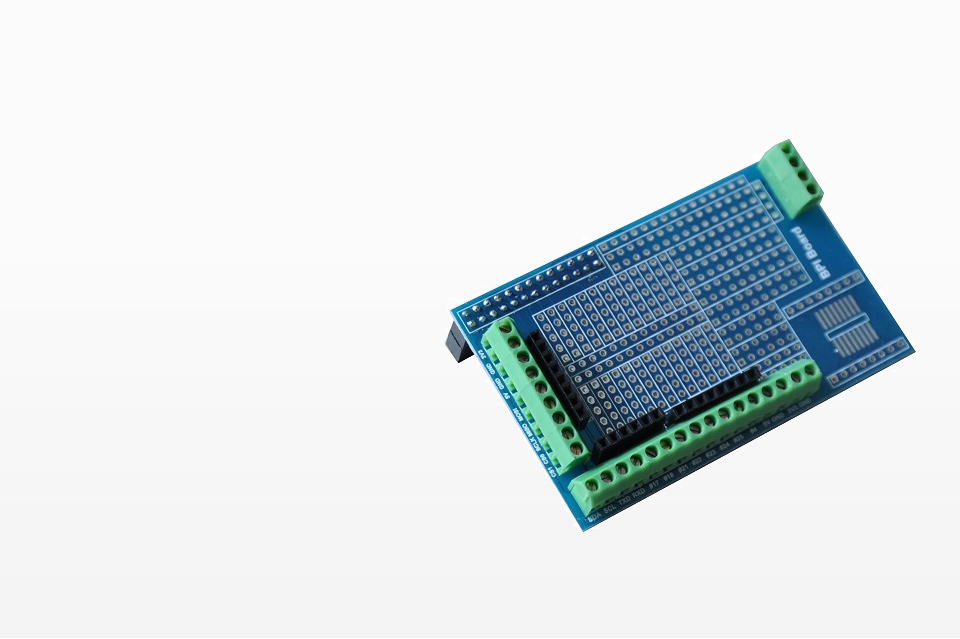 16. December 2022
SinoVoip
16. December 2022
SinoVoip
The prototype development module BPI-A-005 from SinoVoip is designed specifically for the Banana Pi. The module is suitable for enthusiasts and users who want to add peripherals to the module. The module expands some amphenol and SMT connectors, so users can easily finish prototype tests. Typical applications: Hardware weld primer, Prototype experiment, DIY enthusiasts
Read MoreBPI-M2 ULTRA
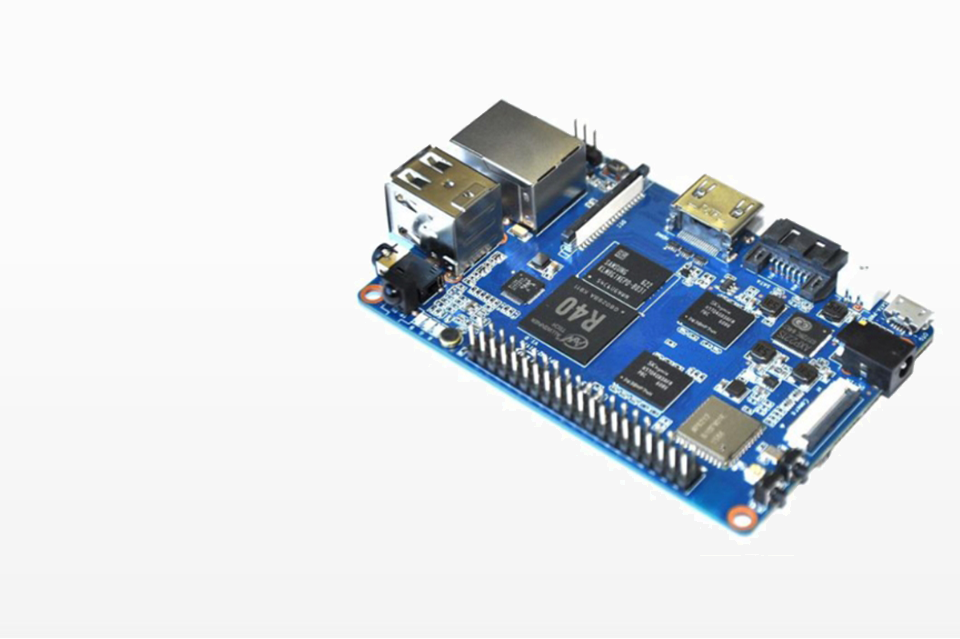 24. November 2022
SinoVoip
24. November 2022
SinoVoip
Banana Pi is an open source hardware platform. The Banana Pi model BPI-M2 Ultra has a quad-core Cortex A7 CPU, an Allwinner R40 chip, and supports Wi-Fi and Bluetooth. In addition, the Single Board from SinoVoip has a built-in SATA interface. It runs Android, Debian Linux, Ubuntu Linux, the Raspbian image and other operating systems. The Banana Pi BPI-M2 Ultra is just as small as the Banana Pi BPI-M64.
Read MoreThe BANANA PI P2 MAKER
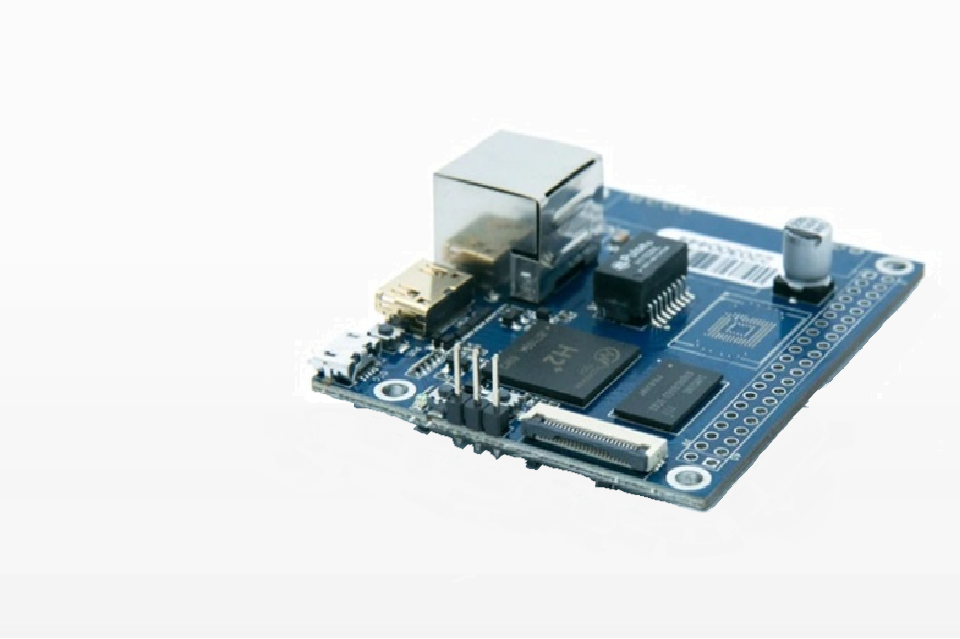 28. October 2022
SinoVoip / SinoVoip
28. October 2022
SinoVoip / SinoVoip
Banana Pi BPI-P2 Maker from SinoVoip is an ultra compact single board computer that measures only 65 x 52.5 mm. It uses a quad-core Cortex A7 allwinner H2+ processor. With 512 MB RAM memory, 100M LAN, and PoE support, it’s ideal for light-weight systems with some space-limited applications. Like other members of the Banana Pi family, it supports both Linux and Android operating systems.
Read MoreSinoVoips Debugging Board
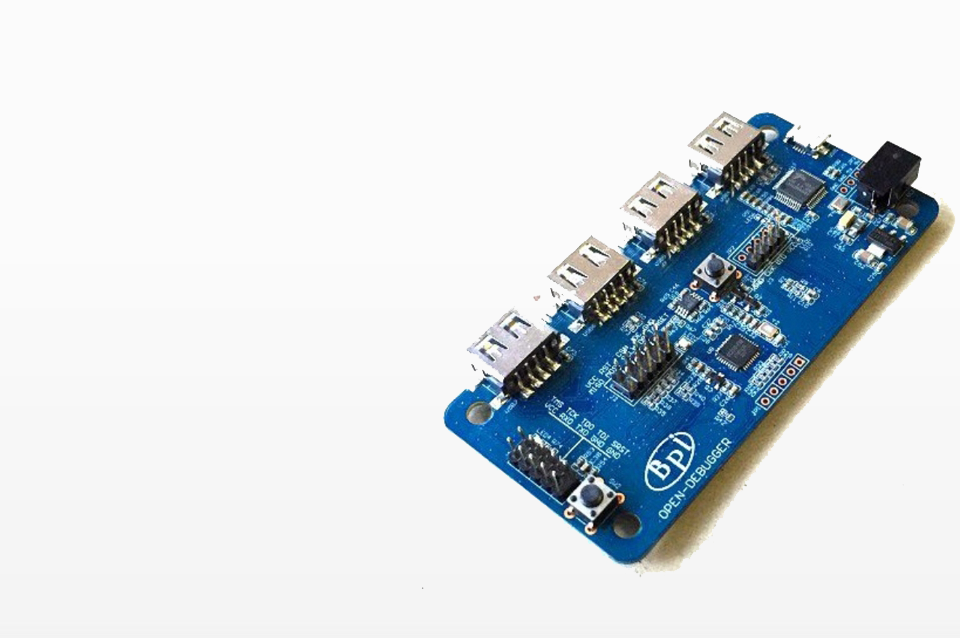 27. September 2022
SinoVoip
27. September 2022
SinoVoip
Open Debugger is a set of programming tools developed for STM’s microcontroller series and for TI’s CC1x, CC2x and CC3x series SoCs. An MCU can be programmed quickly and debugged easily with it. In addition, SinoVoip ‘s board has a USB to serial port, which is a common interface for embedded development. It also has a USB 2.0 hub that makes it easy to expand with other USB devices.
Read MoreWebduino Blockly and Cloud
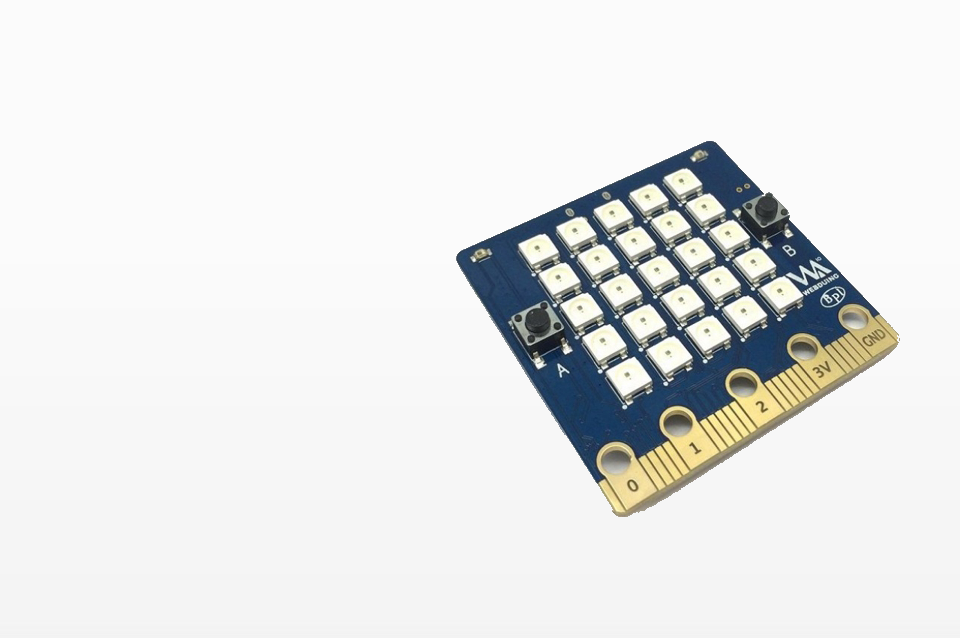 11. August 2022
SinoVoip
11. August 2022
SinoVoip
The Banana Pi with Webduino Blockly and Cloud Board measures 5 cm x 5 cm and is equipped with an ESP32 module with a 32-bit Xtensa LX6 dual-core processor. The board from SinoVoip is equipped with a capacity of up to 600 DMIPS, 448 KB ROM and 520 KB SRAM. It features an accelerometer and magnetometer, 2.4 GHz WLAN, Bluetooth and USB connectivity, a display consisting of 25 LEDs and two buttons.
Read MoreBanana Pi ZERO – Ultra-compact single Board Computer
 22. July 2022
SinoVoip
22. July 2022
SinoVoip
Banana Pis camera modules at a glance
 28. June 2022
SinoVoip
28. June 2022
SinoVoip
The OV8865 color image sensor is a high-performance, 8 megapixel RAW image sensor that delivers a resolution of 3264 x 2448 at 30 fps and uses the improved OmniBSI-2TM pixel technology. It offers multiple resolution options while maintaining the full field of view. Users can program the image resolution, frame rate and image quality parameters themselves. Camera functions are controlled via the Serial Camera Control Bus (SCCB).
Read More
